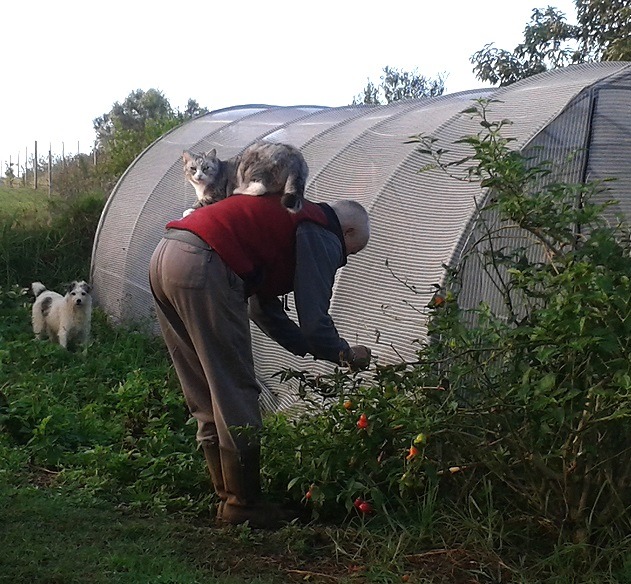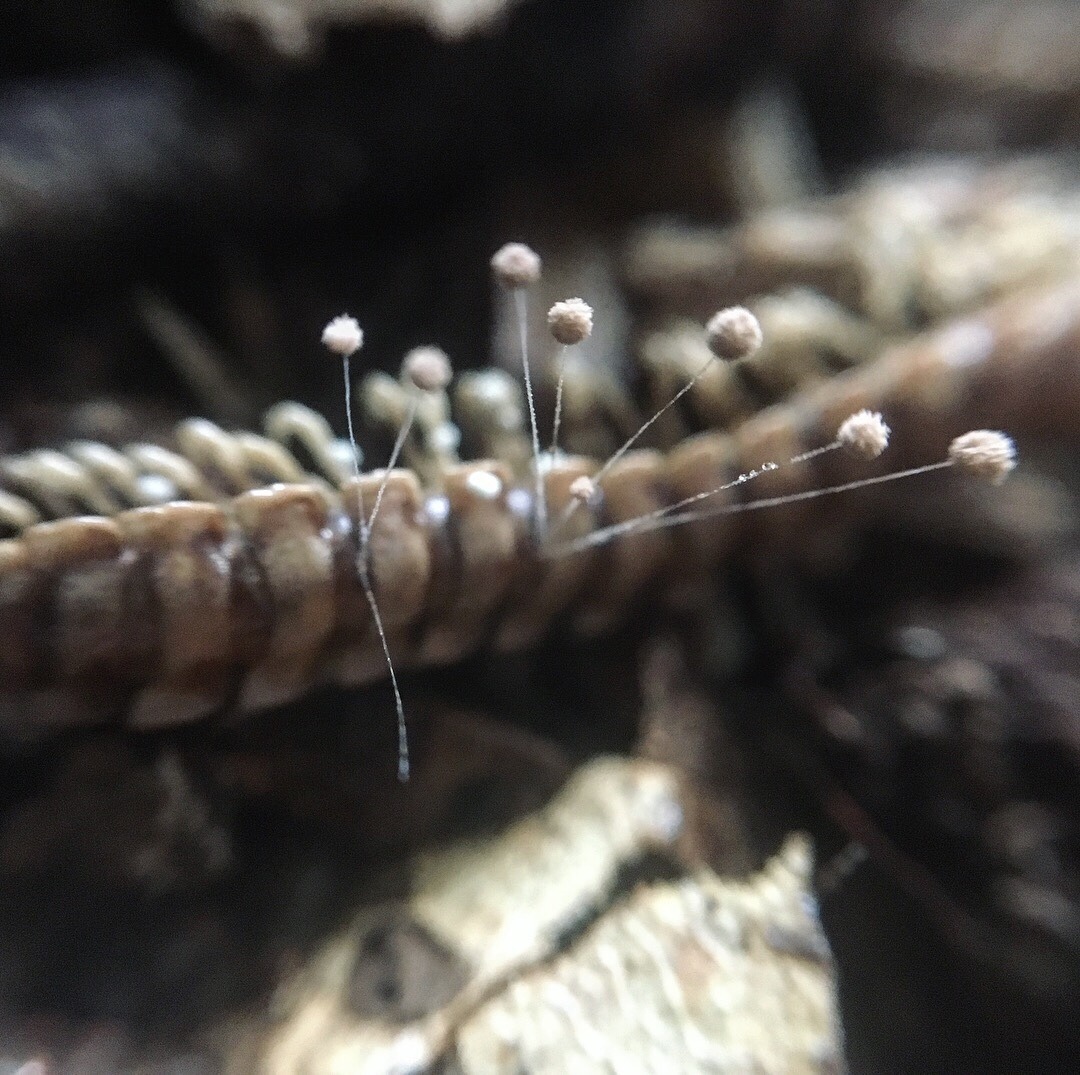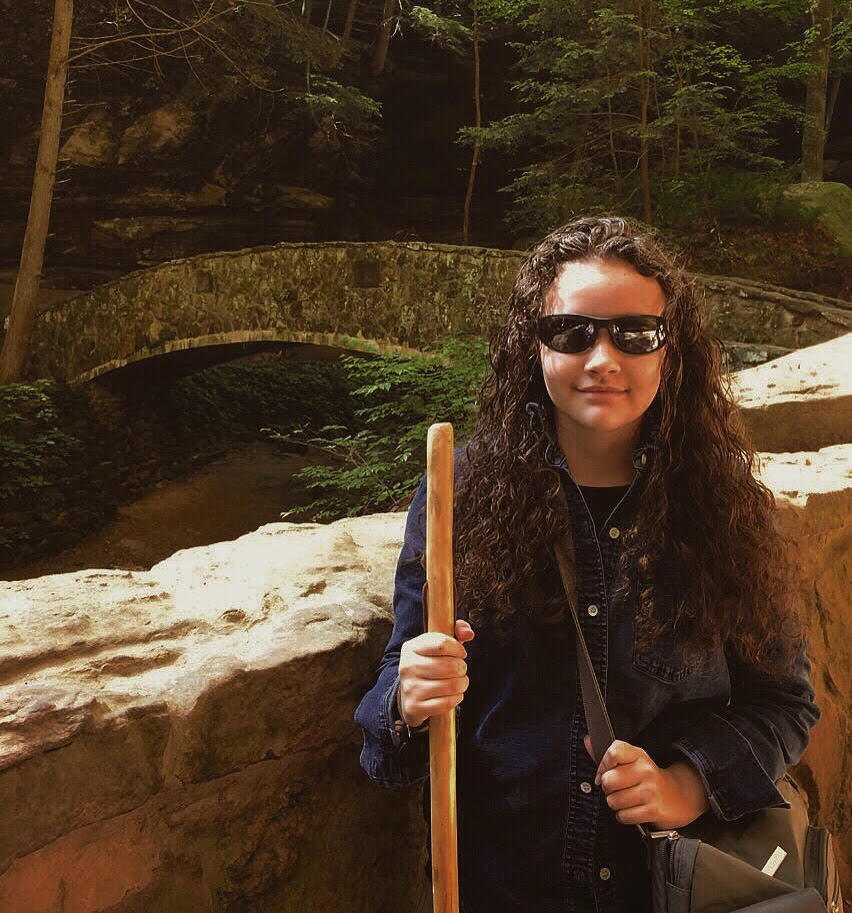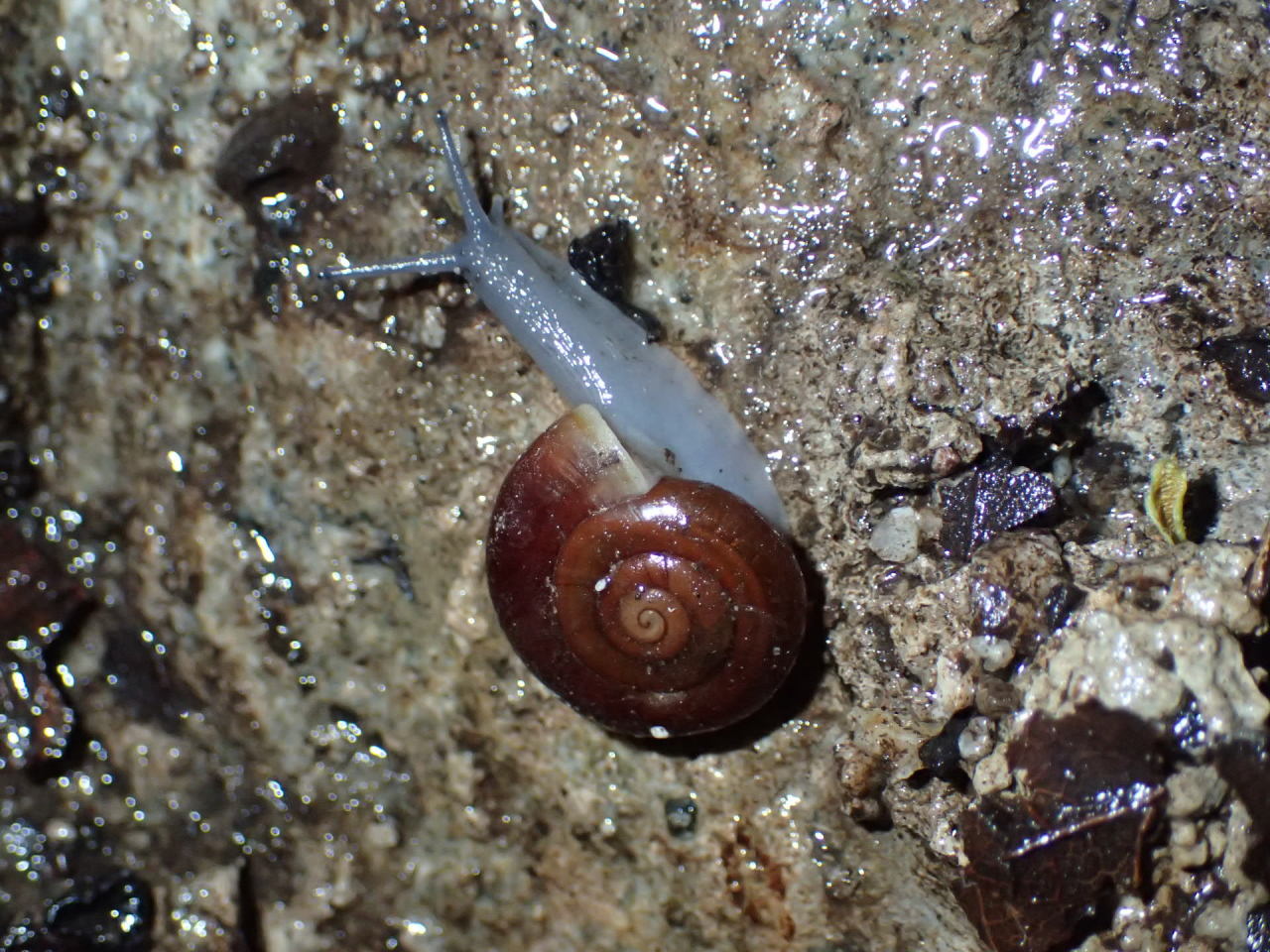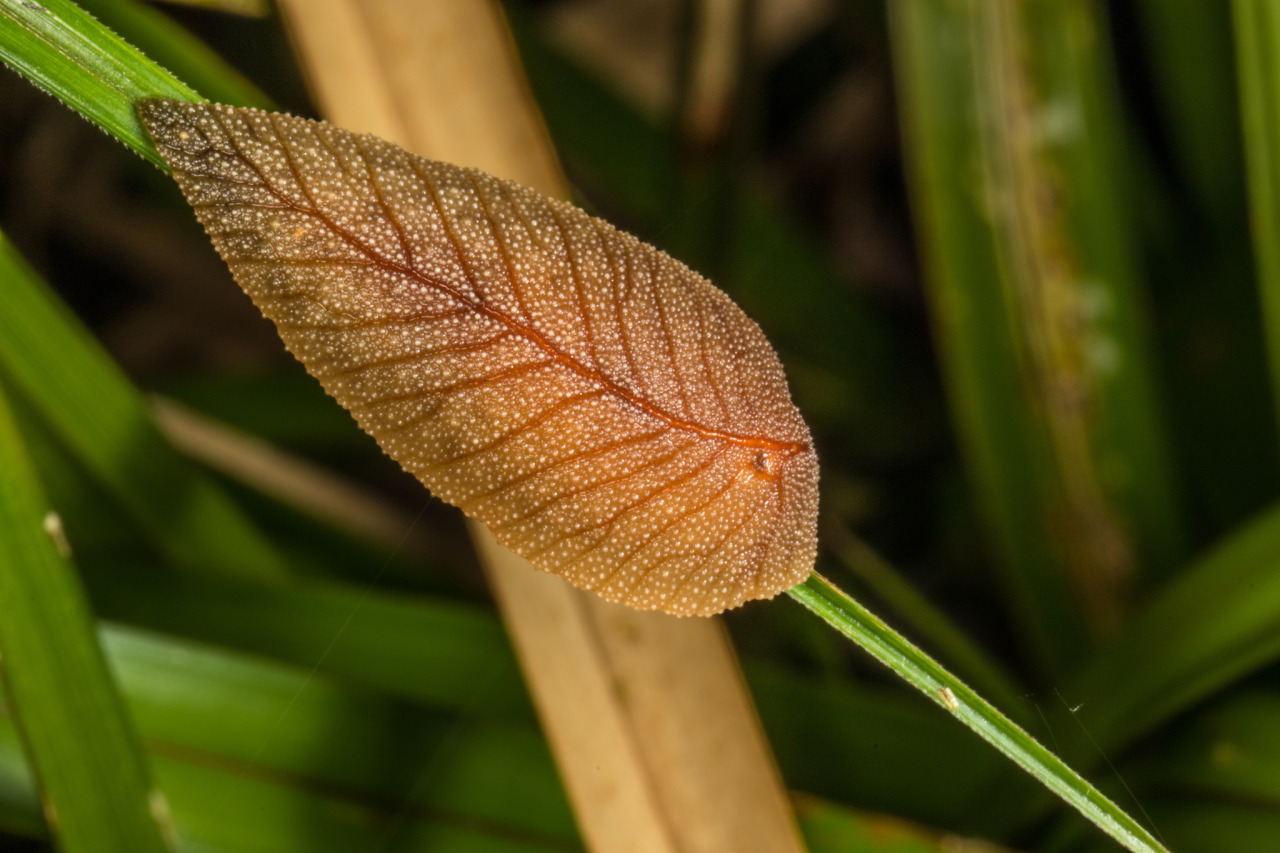SoCal Squirrels and iNat
The Natural History Museum of Los Angeles County (NHMLA) is really doing some cool urban wildlife biology work with iNaturalist. I wrote a blog post about Greg Pauly and his RASCals project a few months ago, and wanted to highlight his colleague Miguel Ordeñana’s (@mordenana) outreach work here.
An urban wildlife biologist who specializes in mammals, Miguel discovered the famed mountain lion of Griffith Park, P-22, and also researches coyotes, bobcats, foxes, bats, and many other elusive animals - most of which can only be regularly documented using camera traps. However, he is also enlisting southern Californians to document their sightings of those ubiquitous urban rodents, squirrels. The common native tree squirrel of southern california is the western gray squirrel, but it has not adapted well to urbanization and to an introduced species from eastern North America, the fox squirrel, which is aggressive and quite at home in the city.
The Southern California Squirrel Survey, started by Miguel and his colleague Jim Dines (@jdines), is a way for anyone to contribute sightings of squirrels and help Miguel and Jim track the spread of the fox squirrel and study the western gray squirrels’ response. They’ve already amassed nearly 3,000 observations from nearly 800 contributors and the data corresponds quite well with previous “old-fashioned” scientific surveys. With continuing contributions from iNat users, they’ll be able to get up-to-date range maps and keep an eye on the western gray squirrel’s status. And as Miguel writes, “This is an opportunity to educate southern Californians about nonnative-native species ecology and the natural history of a group of mammal species that many people see almost every day.”
I had the opportunity to talk with Miguel earlier this year, and here’s a video of part of our conversation about the squirrel survey project. He’s speaks about how consistent engagement is key for maintaining strong projects, and is excited about the data they’re getting. He’s also passionate about engaging communities that otherwise might feel barriers between themselves and the scientific community, which he touches on here.
- Tony Iwane
- Here’s a profile of Miguel from the LA Weekly, and an interview with Latino Outdoors.
- iNat squirrel observations were used in this study, which projects probable squirrel range expansions in the greater Los Angeles Metropolitan area.
- Check out the trailer for The Cat that Changed America, a documentary about P-22, featuring Miguel and many others.




